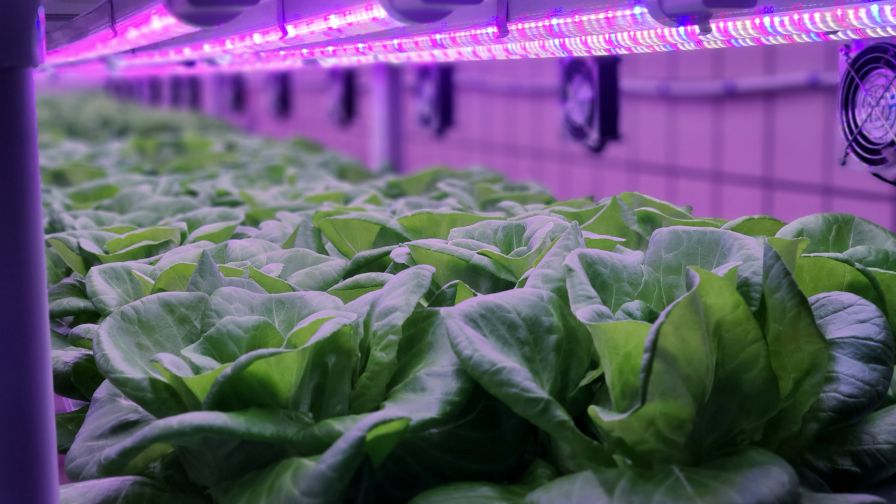Industry Insiders Predict the Future of Indoor Agriculture
 The Indoor AgTech Innovation Summit, which took place in Brooklyn, NY, last month, was all about the current state of controlled-environment agriculture and vertical farming, as well as what the future will look like for both market segments. Despite its rapid growth, and investment funding continuing to pour in, this is a market still in its relative infancy. As one attendee/speaker noted during a panel discussion, “vertical farming is to greenhouses today what greenhouses were to field-grown crops 30 years ago.” In other words, the greenhouse market was new at the time and on a fast growth curve. Once it matured, the growth became incremental. On the flip side, vertical farming and CEA production is dealing with the same questions about its future.
The Indoor AgTech Innovation Summit, which took place in Brooklyn, NY, last month, was all about the current state of controlled-environment agriculture and vertical farming, as well as what the future will look like for both market segments. Despite its rapid growth, and investment funding continuing to pour in, this is a market still in its relative infancy. As one attendee/speaker noted during a panel discussion, “vertical farming is to greenhouses today what greenhouses were to field-grown crops 30 years ago.” In other words, the greenhouse market was new at the time and on a fast growth curve. Once it matured, the growth became incremental. On the flip side, vertical farming and CEA production is dealing with the same questions about its future.
Watch for more coverage of the event on GreenhouseGrower.com. But if you want a sense of where the industry is now, it perhaps helps to start with the closing discussion on how the industry will shake out over the next five to ten years, whether it’s in terms of market share, profitability, return on investment, and who the real “winners” will be.
Here are just a few takeaways from the discussion, which featured Amy Wu, Founder of From Farms To Incubators; Adam Bergman, Managing Director & Global Head of AgTech Investment Banking for CITI; Craig Hurlbert, Co-Founder and Co-CEO of Local Bounti; Jason Green, CEO and Co-Founder of Upward Farms; and Rajiv Singh, who focuses on sustainable food and agriculture at Cofra Holding.
- The technology and innovation in the market will continue to improve, but as one panelist noted, this happens in pretty much any industry. “The real question will be, are we growing good products, and are we meeting our investors’ needs?”
- Even if the costs of growing food indoors are generally higher than they are for outdoor production, the direct (fuel, shipping) and indirect (food miles) costs for the latter are rising at a faster pace. Assuming this continues, the higher yields and high quality that come from indoor production will become even more important.
- The one major Achilles heel for CEA production and vertical farming is energy costs. While the industry is taking steps to navigate this challenge, from local utility rebate programs to alternative energy sources, the reality is that not all businesses will survive (read this article on LetUsGrow.com for more).
- What will be the biggest factors in determining the companies that make it from the ones that don’t? One panelist offered two suggestions: 1) don’t try to be everything to everyone, and 2) focus on your talent more than anything else.




